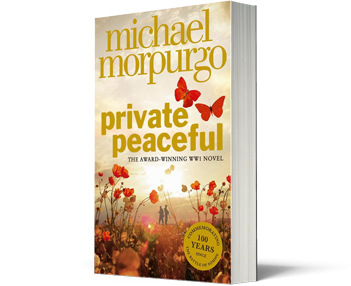Curriculum Blog
Remembrance Day
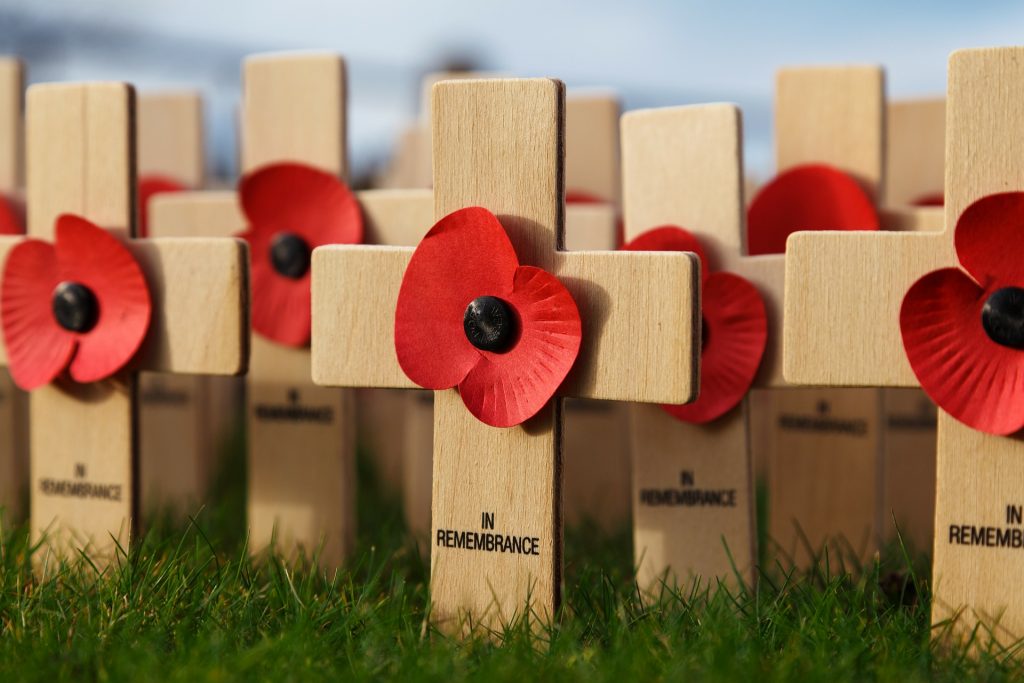 Armistice day or Remembrance Day is on the 11th November, it marks the day that World War 1 ended at 11 am on the 11th day, of the 11th month in 1918. Ceremonies are held at the Cenotaph in London as well as at War memorials and churches across the U.K. and overseas. A 2 minute silence is held to remember the people who have died in all wars - WW1, WW2, Falklands, Gulf war as well as the conflicts in Argentina and Iraq.
Armistice day or Remembrance Day is on the 11th November, it marks the day that World War 1 ended at 11 am on the 11th day, of the 11th month in 1918. Ceremonies are held at the Cenotaph in London as well as at War memorials and churches across the U.K. and overseas. A 2 minute silence is held to remember the people who have died in all wars - WW1, WW2, Falklands, Gulf war as well as the conflicts in Argentina and Iraq.
King George V held the first 2 minute silence on 11 November 1919 and made the request for the silence to be observed so:
"thoughts of everyone may be concentrated on reverent remembrance of the glorious dead".
The Royal British Legion have partnered with the National Literacy Trust to create a series of free to use lesson plans and assemblies aimed at Key Stages 2, 3 and 4 that can be used to explain to children of different ages and backgrounds why, how and who we Remember.
There are many ways of remembering with pupils, for younger pupils Busy Things have a template poppy to paint, for older students they could make their own poppies - from hand prints and then use these to write poetry on. In Flanders Fields and Ode to Remembrance are two poems that could be shared with older students, they could use copies of these to create their own 'black out poetry' this is when a page of text, is coloured over so that only a few words are visible, these words then create a new poem, great to get the children thinking about the choice of their words. Pupils could use J2E to research and write about the impact of the wars on their local community after perhaps visiting their local war memorial.
Our ReadingZone Live resource features Michael Morpurgo talking about Private Peaceful, there are 6 short interviews that can be watched and used as discussion points looking at why he wrote the book, discussing the conflict and the morality of war and what Michael would like people to take away after reading the book. Into film also have a range of resources linked to the film adaptation of the book with resources linked to a range of curriculum subjects including Citizenship, English and History.
You can also listen to an abridged version of the story in 13 chapters via BBC School Radio (you will need to sign in to BBC iplayer to listen) there are programme notes, episode summaries, literacy activities and a gallery of images, like the one below great to use for writing and drama prompts.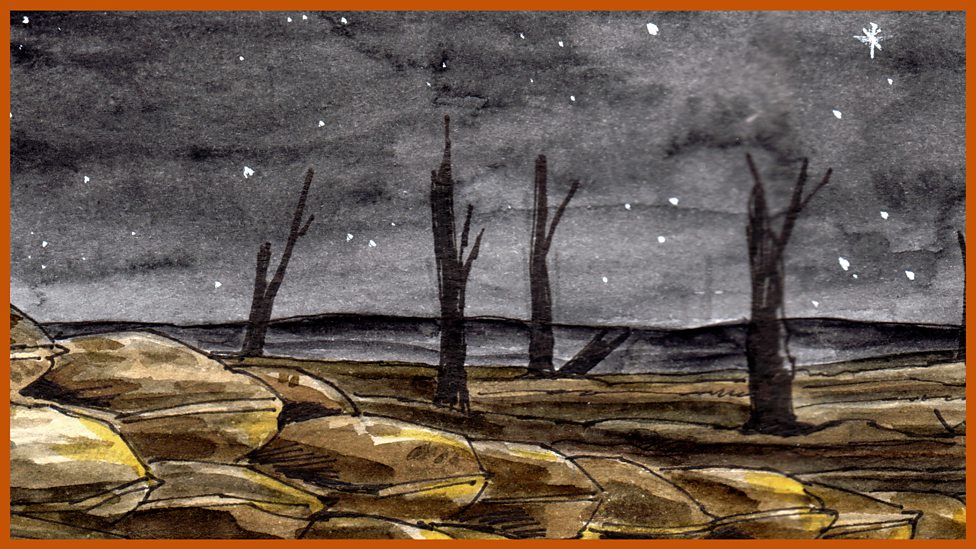
This resource is just one of many that BBC Teach have collated for both Primary and Secondary students that include Assembly plans as well as radio and tv programmes. Historian and presenter Dan Snow also introduces some of his favourite clips from the BBC archive, perfect for exploring WWII with KS3 and KS4 students the short films are split into two categories - The Home Front and The Holocaust.
Widgit - have a range of Activities and books on Remembrance Day as well as WW1 and WW2 to support learners in class.
First World War - The Active Worksheet was produced in response to the centenary of the outbreak of World War 1. The resource pack uses augmented reality to produce a genuine 'wow' moment in the classroom and bring virtual artefacts to the desktop. This is backed up by mapped curriculum activities focussing on history, literacy, music and art.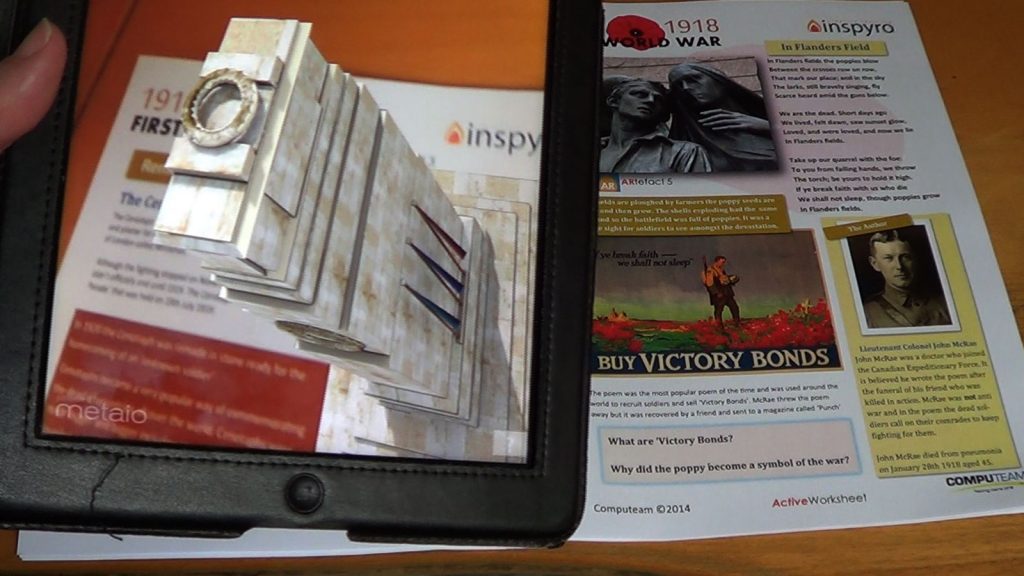
Poppies - is a beautiful animation from Cbeebies following a young rabbit through the poppy fields, great to use with younger children.
The author Tom Palmer has a range of resources available to use within the classroom all around the theme of remembrance, linked to books that he has written. Reading War, is an online resource packed with information on WW1 and exploring the themes of Over the Line by Tom Palmer and Tilly's Promise by Linda Newbery.
Trench experience - this innovative virtual-reality app from LGfL brings life in the trenches to life, and is ideal for History and English teachers covering World War 1 and trench life and warfare in general.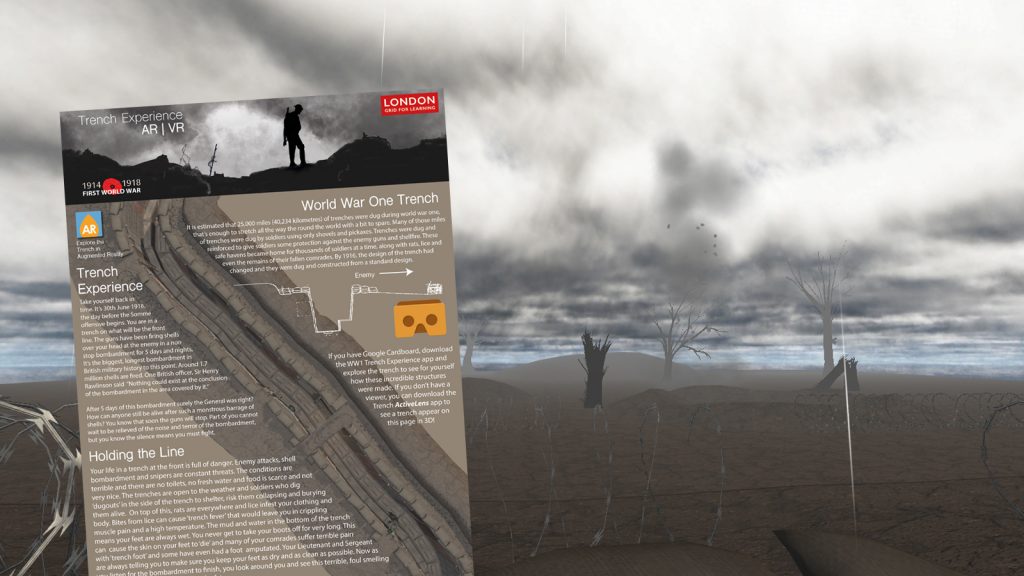
The M room -The M Room resource from LGfL gives exclusive access to secret World War II listening sites where the British Secret Service bugged high-ranking German Military prisoners. The resource features an interview with one of the original secret listeners and extensive primary-source material from the Ministry of Defence, relatives of those involved, and The National Archives.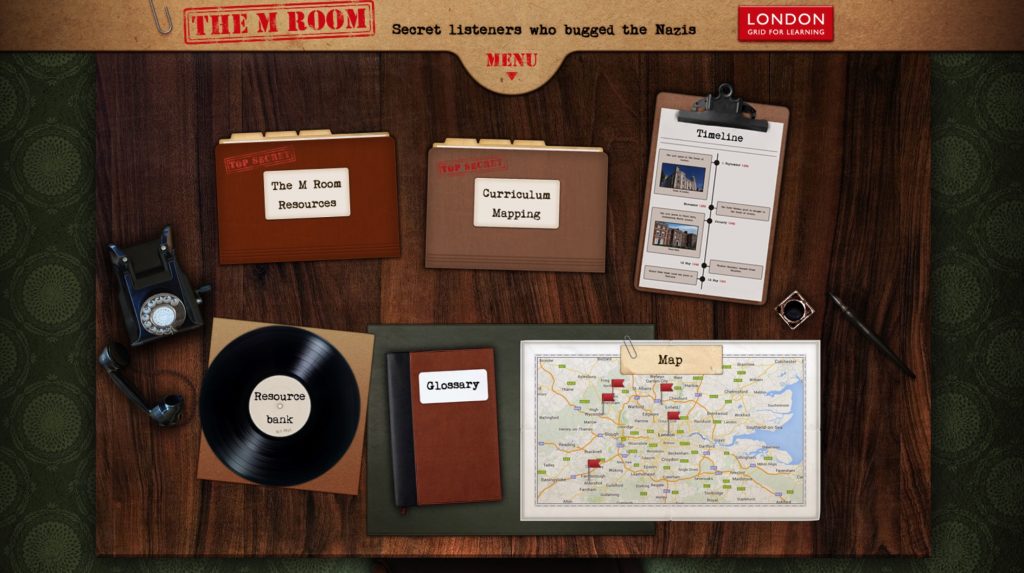
Women in computing -Women in Computing from LGfL aims to recognise and promote the achievements of women in British computing within the social context of the time. The work of women as code breakers during WW2 is one of the areas that is covered within this resource.
Activehistory - There are a collection of Remembrance Day materials here for Years 7- 13, including an assembly, put together by Russell Tarr.
The War and Peace shed from the Literacy Shed, has a range of short films that could be used when looking at the theme of Remembrance. There is also an excellent blog post from the Literacy Leader, including more book and film ideas and resources.
‘They shall grow not old, as we that are left grow old: Age shall not weary them, nor the years condemn. At the going down of the sun and in the morning We will remember them.’
If you would like to share work with us on our Twitter or Facebook pages, it would be great to see.

